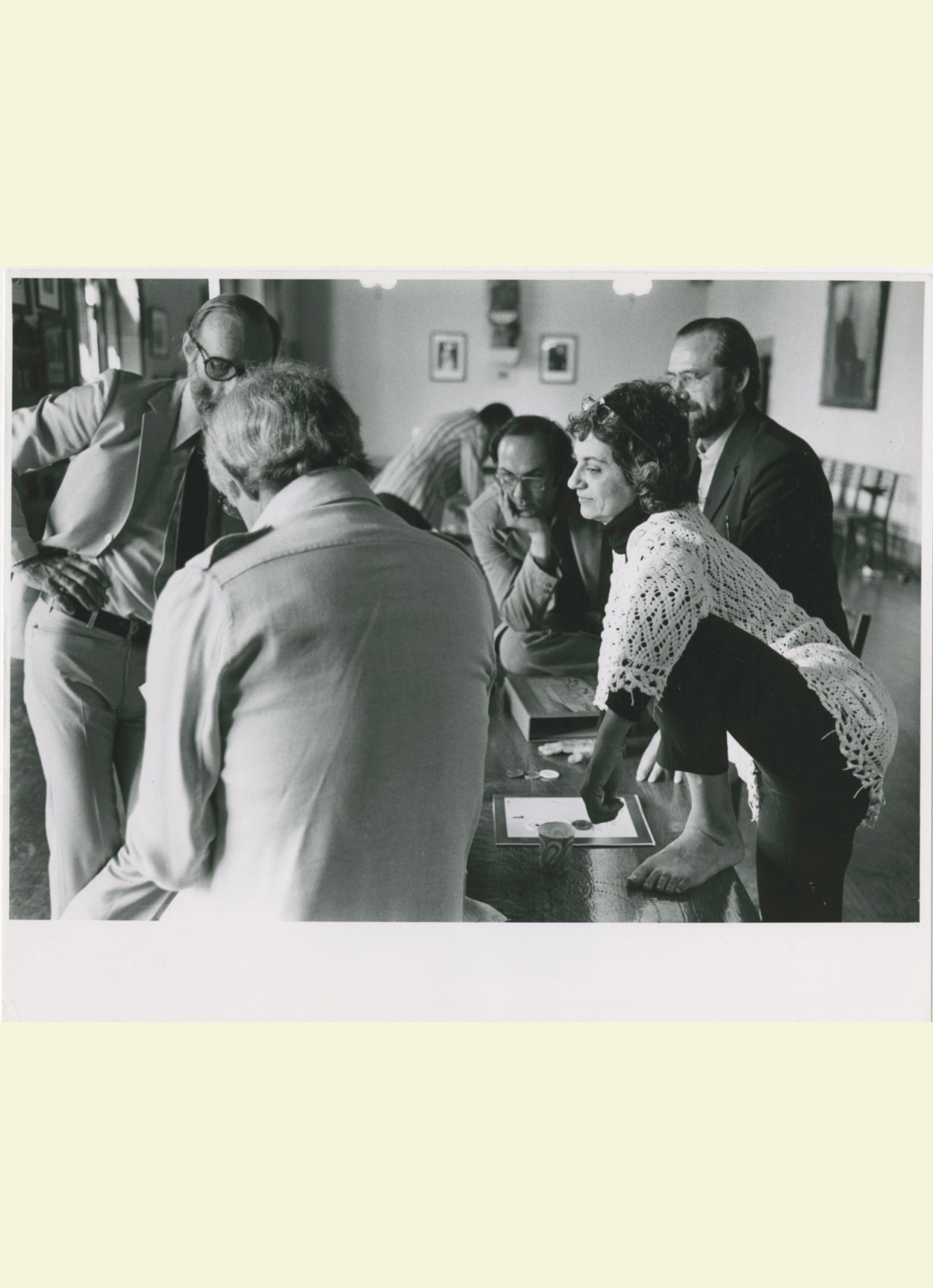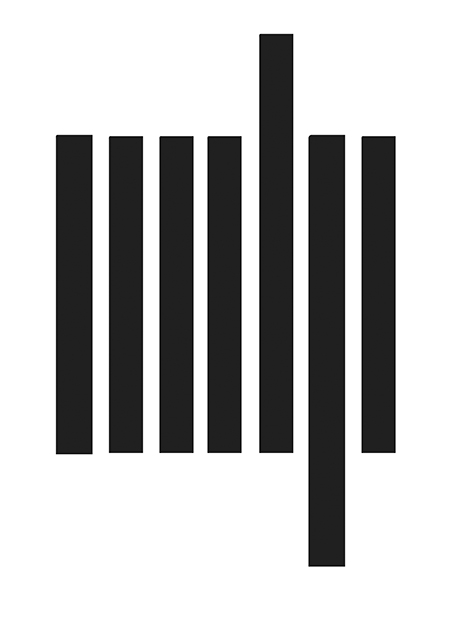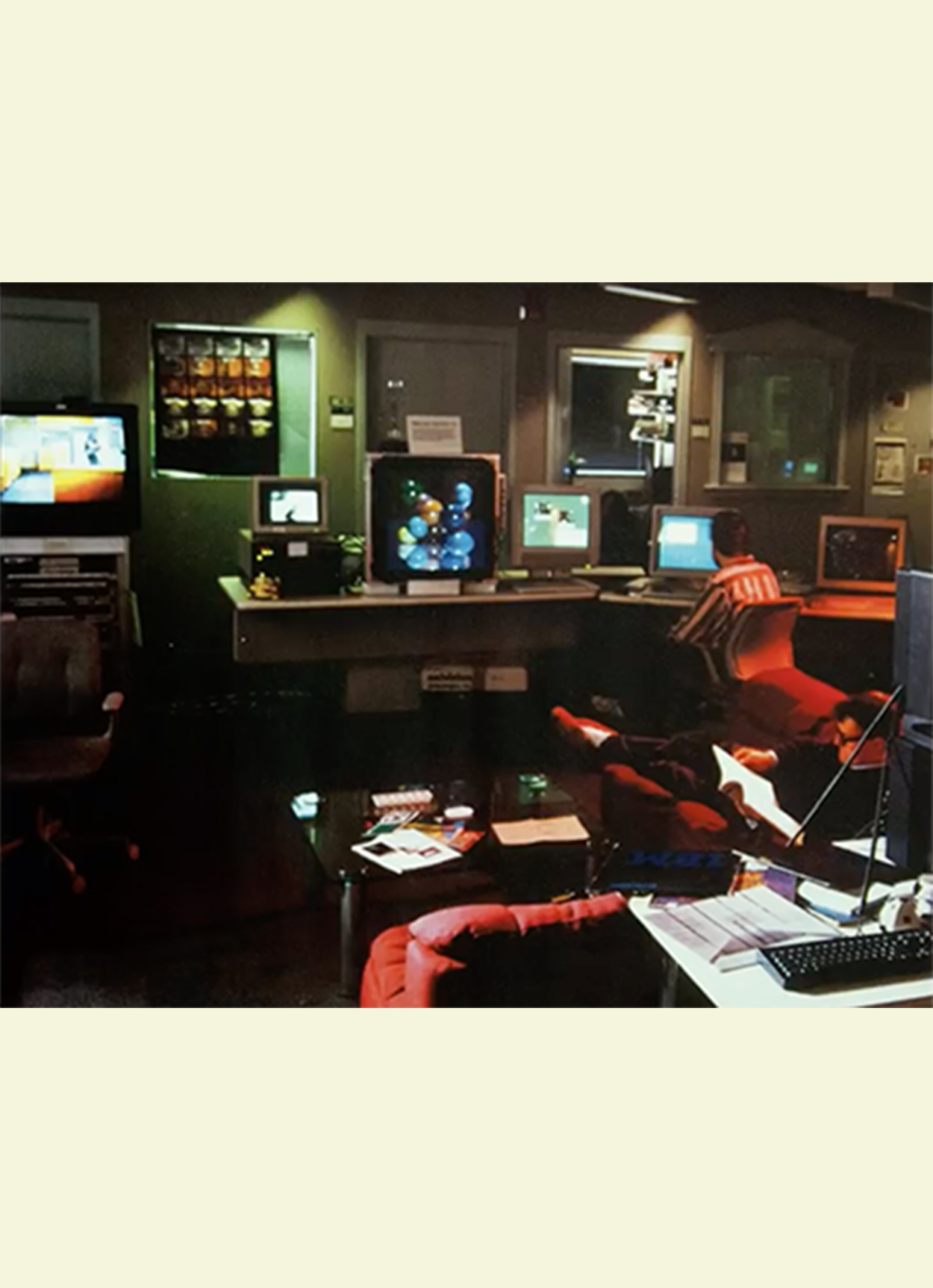
Muriel Cooper was a designer, and educator, who pushed boundaries and led a new path through the changing landscape of electronic communication. David Reinfurt spoke in this lecture about how Muriel Cooper tested boundaries, even shown through this image of her amongst men who overwhelmingly filled the design spaces at the time, where she felt she could make herself comfortable, make her presence known to not be easily intimidated, while she had to jump through many other hurdles. She had a tendency to use existing tools and future looking tools against themselves to find where the edges are; what breaks, what works, what are the possibilities. She constantly surrounded herself with others, always collaborating, or working with a team, or her students. Her work can be broken down into 3 categories; Design, Teaching, and Research.

DESIGN. In 1962, MIT’s in-house publishing press, Technology Press, changed its name to MIT Press. The director of the press had then contacted a well known designer to redesign their logo, in which he instead suggested other designers, including Muriel Cooper. She proposed many designs, many of which she did not design herself, but the final logo came out to be this image, which she had designed herself with the idea of book spines representing the lines of the letters in the logo, and the idea that this could be machine readable, almost like a barcode. She had this wildly strong insight to publishing with electronic information and machine building, and by 1967 she became the first Design and Media Director for MIT Press. She designed many published books, in which she almost always mixed hands on production with her design and teaching. She considered this as her principal departure for teaching and her work.

TEACHING. In 1974, she was introduced to Ron McNeil, a photography assistant in MIT. He had a 4 colour offset press, which is a large printing press, which Muriel and Ron had decided to teach a class around; not just learning about design, but actually using the press and making the work themselves. Muriel and Ron then founded the Visual Language Workshop, with students that they would teach, and they would go on to create posters for MIT events, and explore printing with rotating the paper as it gets printed over and over, and they had a lot of hand drawn designs too. This hands-on creating was quite radical, and they themselves were self conscious of this and would video record them creating this work. This was becoming, as Muriel Cooper wrote in a letter herself, “a sketch for the future.”

RESEARCH. In 1985, she was asked by the founder of the Media Lab at MIT, to establish a research unit in it. Though she was asked to consider renaming the workshop as they would be working with more computers, she refused as she insisted it is all the same. Negroponte described the MIT Media Lab as, if the Bauhaus was a design school for the industrial age, then the Media Lab was to be a design school for the information age. Here they explored many things, such as a projected wall size interface, touch screen, track pads built into chairs, a computer program that could listen and take in your information, like we have nowadays for customer service calls. Muriel said; “there are two very important things that the workshop is looking at, graphics in the broader sense can be used to filter define qualify and edit that information, second, what the interface of the relation of the surface or access of the person to machine can be like to promote the most creative generative means to communication.” Muriel really saw the future, and how the digital age was coming. Making designs that stayed digital, and in the short run began to study how rules could be modelled to machines so they could assume some responsiblity of work that was repetitive and describable.
